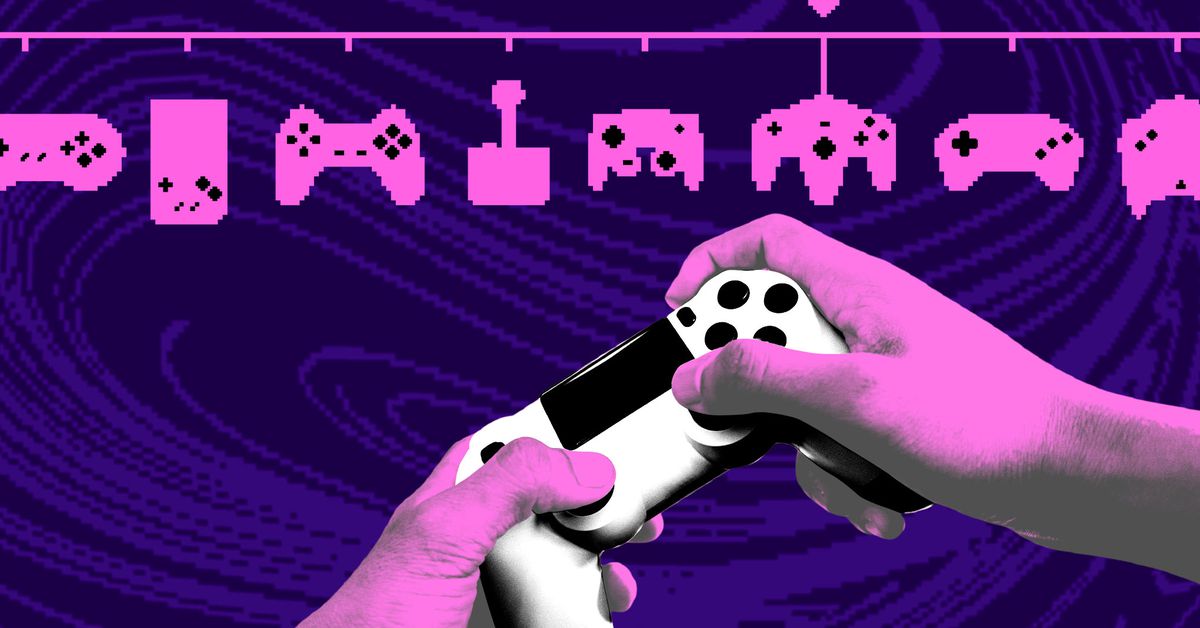There are no consequences for the leadership when they fuck up.
Only in videogames?
It seems particularly bad in video games from my admittedly narrow perspective. Declining standards of many mainstream gamers for new releases doesn’t help.
Greed.
I’ma go on a limb and speculate: entire damn programming industry has decided that, rather than listen to their customers and sell complete products, they would rather provide inferior Shit as a Service because it brings in more revenues.
that’s easy to say, but it’s not programmers; it’s the board of directors, executives, etc who put profit over all.
Dude, if every coder had the same opinion this would be a straight line. You start paying the techbros in stock and they start putting profit over everything else too.
I dont think that follows, people can have different needs for different products even if they think in the same way (but i agree with your overall point)
Programmers don’t agree on distros, therefore they are the ones making the business decisions? I don’t follow
This is the best summary I could come up with:
Today, we’re talking about the state of the video game industry, which is honestly kind of all over the place.
Here in the US, according to the Entertainment Software Association (ESA) — the big industry trade group — more than 212 million people played games last year, and they spent more than $47 billion on the games and the content inside of them.
After the next few days, almost every major game maker will have announced what’s on their slate for this year and beyond.
But behind the flashy trailers and release dates, there’s something of a crisis: tens of thousands of workers in every part of the video game industry have been laid off since 2022.
Huge global publishers and tiny indie studios alike are facing these financial pressures, and it doesn’t seem to be letting up anytime soon.
I invited Verge video game reporter Ash Parrish on the show to break this down and explain what’s happening in gaming and what these shifts — from a business, culture, and labor perspective — can tell us about what might happen next.
The original article contains 344 words, the summary contains 182 words. Saved 47%. I’m a bot and I’m open source!
This is just the intro – where’s the mentioned discussion?
In the 30 min audio file they put in the article
This isnt a summary at all. It is word for word the whole article.
It’s not? The second sentence in the article is missing, for example, but various more, too. This isn’t an LLM-based summary, which rewrites the sentences, if that’s what you’re expecting…
I think it tries to select sentences that add the most meaning. In this case it averaged 1 sentence per paragraph.







